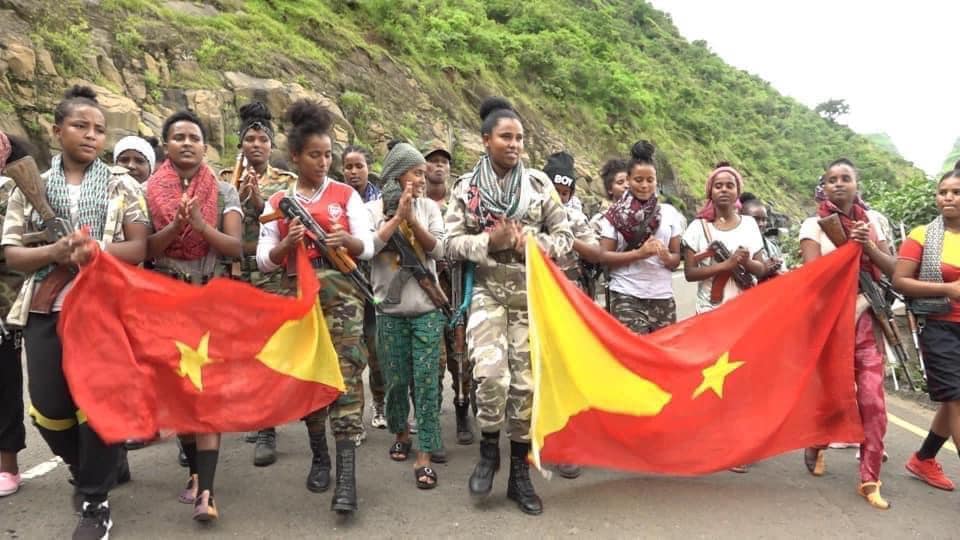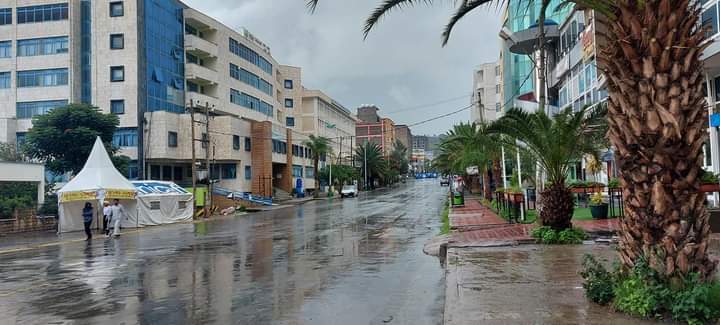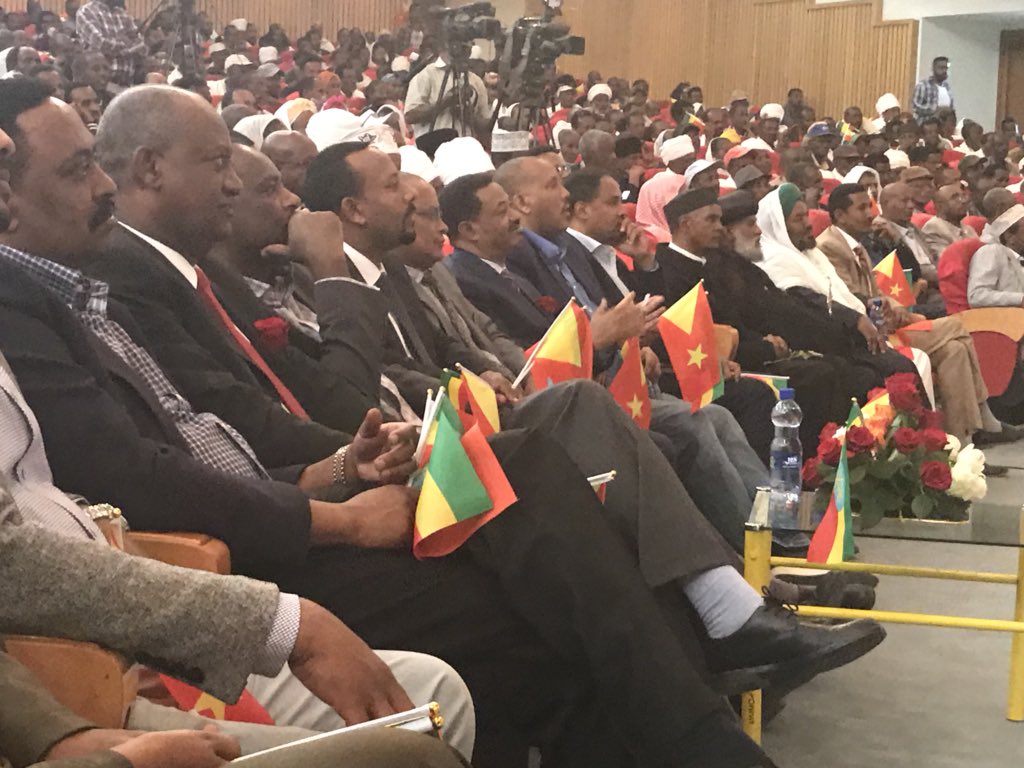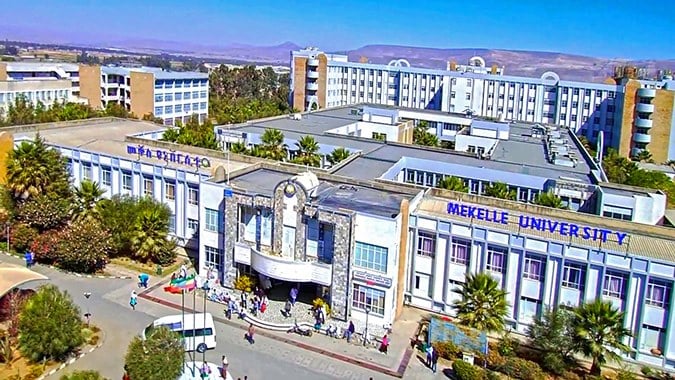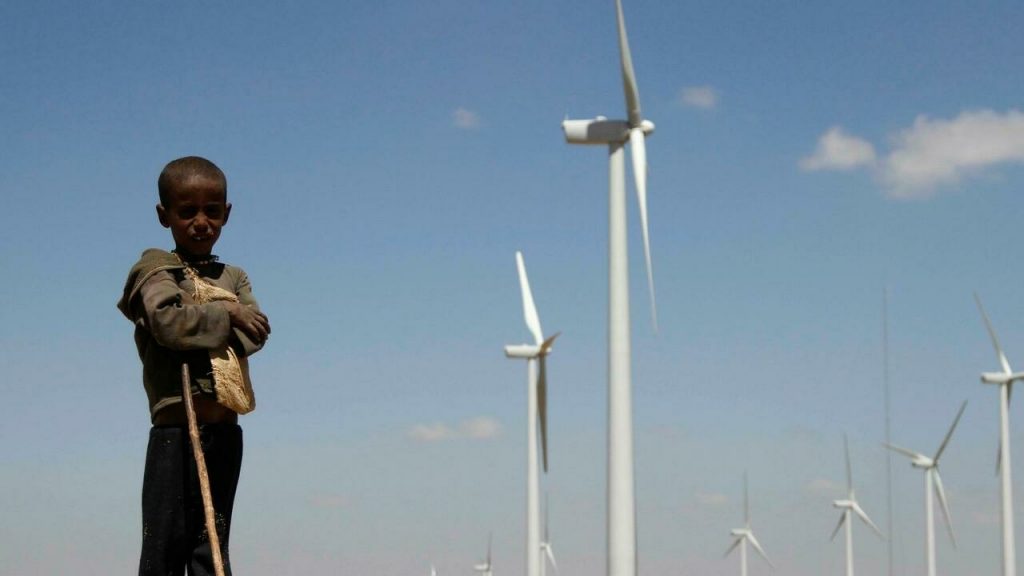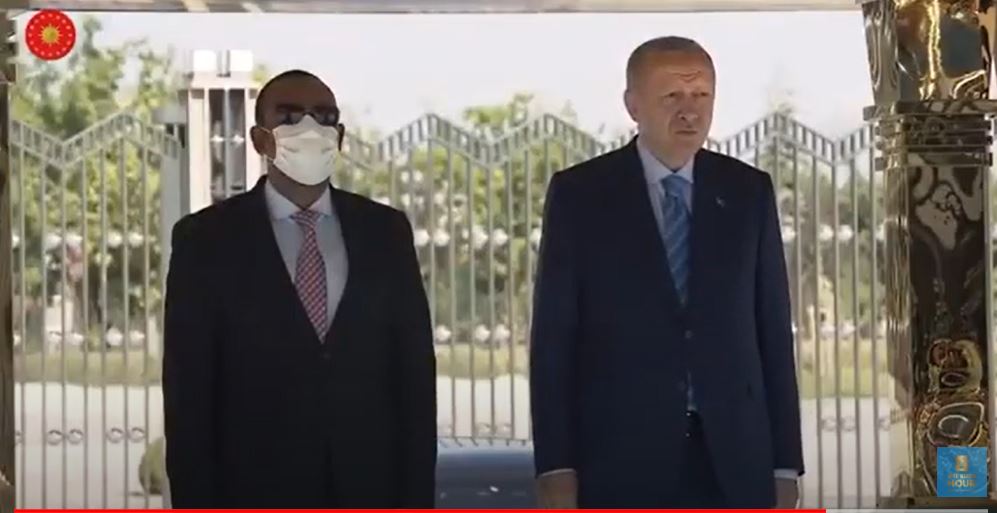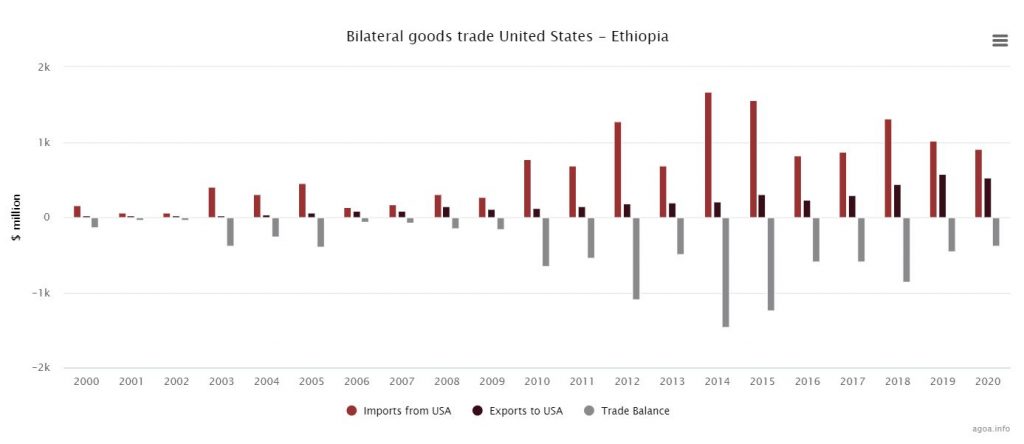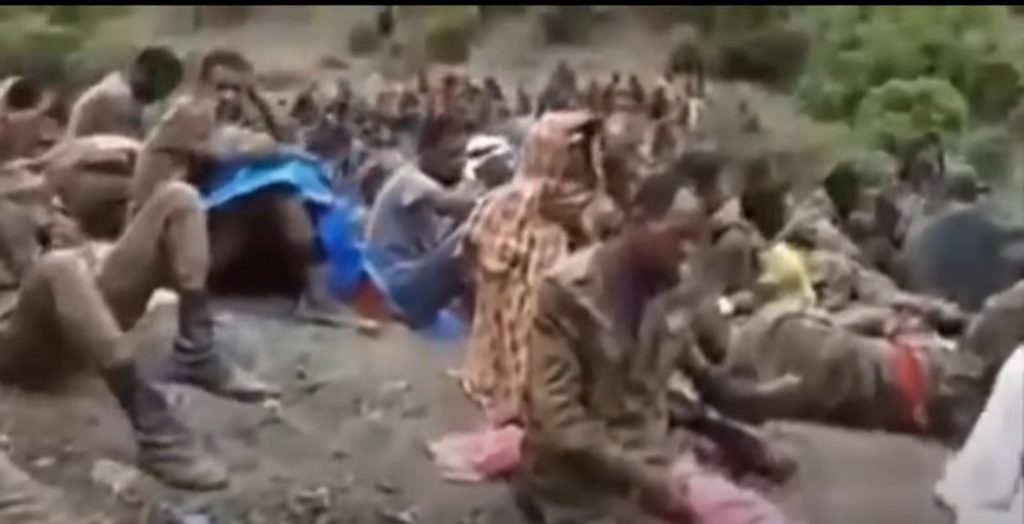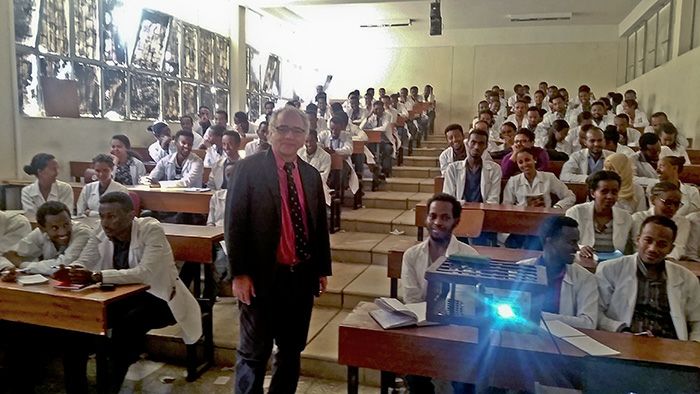Like ancient Israel Ethiopia will fall without cohesion of a strong pious leader endorsed by righteous religious authority. This long and widely held political religious viewpoint has been directly assimilated into support for Abiy Ahmed by his supporters. They prophesize his fall from power will bring an unholy chaos and downfall of the state.
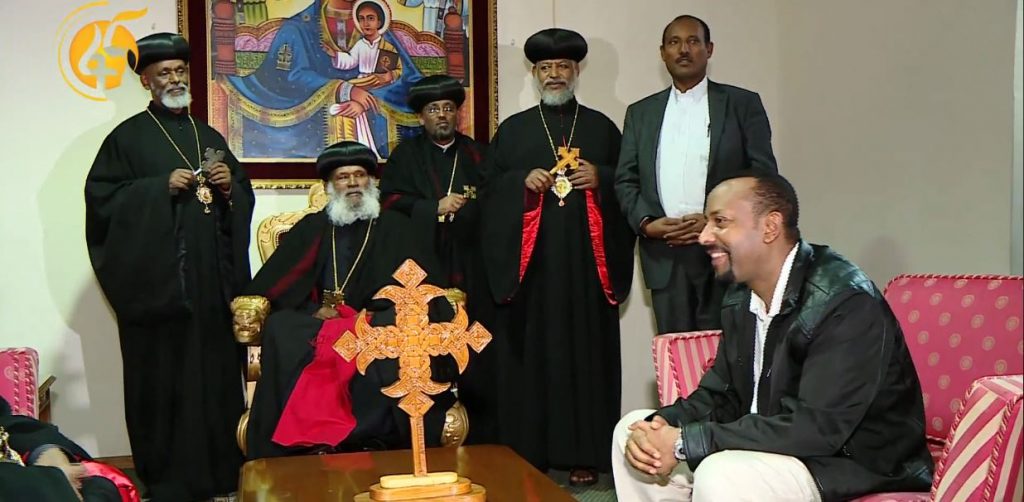
The origin of the Ethiopian Orthodox Church
The Ethiopian Orthodox Church (EOC) traces it history first to Hebrew traditions historically brought to Ethiopia by the Queen of Sheba and her son Menelik I who was fathered by the Hebrew King Solomon. Subsequently Judaism as the state religion gave way to Christianity in the third century AD under King Ezana. The EOC retained many Jewish features such as the kosher diet in part because of the nine Syrian Jewish Christians who came to Ethiopia and brought Scripture in the Geez language. Tewahedo, the concept of Jesus being of one mixed substance indivisible one from the other, separates it from Western and Eastern European Christology. Many Ethiopians see the parallels in the story of the struggle of the Jewish state and that of Ethiopia. They see this struggle as being dependent on the pious observance of the Ethiopian people.
Early on the EOC differentiated itself from the Western Roman Catholic Church and the Byzantium Church in the this concept of Tweahedo but also by accepting Donatism. In simple terms this meant that priest had to be absolutely holy and without corruption otherwise they are incapable of performing priestly duties including especially rituals of forgiveness and the eucharist. It also gave them a higher status in many ways to even the monarchy or political leaders. This lent and continues to lend authority to the words of clergy to the population.
They did however look to Emperor Constantine as a model of imperial orthodoxy. Similar to what happened in Europe during the middle ages a partnership developed between the EOC and the monarchy. The holy nature of the clergy gave them authority to proclaim Ethiopian monarchy as being chosen by divine will.
Strength through unity expands the empire and protects it
Initially the Ethiopian empire was born out of the Axumite Empire bordering the Red Sea and even some territory in Yemen consisting of the Semitic speaking peoples we know today as the Tigray and Amhara. Over the centuries holdings in Yemen were lost but the new Solomonic dynasty began to spread south and west. The Cushitic peoples of western, southern, and eastern Ethiopia were overcome and became subjects of the empire. However fierce rivalries grew within the empire leading to many episodes of betrayal, assassination, and wars. Additionally there were times when Muslims who make up at least a third and maybe 40% of the population fought the empire. Ethiopian Christians believe their “God derived” unity and tolerance towards Muslims who accepted subjugation preserved the Christian state.
This intertwining of destiny, religion, and the need to keep power created even academic misrepresentations of Ethiopian history propagated by the ruling Amhara monarchy. For example that the Oromo people were immigrants to the Ethiopia and that Muslims were meant to be graciously accepted as refugees from the pagan Saudi kingdom but not part of the Ethiopian manifest destiny. Cushitics were inferior and meant to be ruled by Amhara.
The prophetic chaos of the time of princes (without a king)
Fear of the danger of collapse of the empire from disunity happened during the period referred to as Zemene Mesafint in 1769 through 1865AD which is an analogy to the collapse of the 12 tribes of Israel in Jewish history which rendered them susceptible to invaders. Additionally the analogy goes further that this collapse was due to following away from God. Even though the Emperor Tewodros II lost to the British in war and committed suicide he is glorified as an example of strength in this unity.
Divisions develop in the Ethiopian Orthodox Church
Over the past century the EOC has developed significant divisions in its ranks. Over a half century beginning in the Caribbean Islands critics of the leadership of the Ethiopian Church began to develop. This was in part driven by the concept that Cushitic peoples of Ethiopia especially in the western and southern regions did not have the same citizenship status or rights as Northern Ethiopians. Amharic royalty had become the holders of power leading to the allowance of slavery and land acquisition of Cushitic’s. Many Oromos were characterized also as pagans for not joining the EOC. This facilitated their increased conversion to Islam and opened the way for the introduction of evangelical protestants to flourish.
Large numbers of diaspora came to the United States and Europe during the Derg regime Tigray Peoples Liberation Front conflict which followed the end of the monarchy. Opposition groups distrusted the appointments of the Patriarchs leading the EOC in Ethiopia as being too aligned with the Derg and subsequently the TPLF. Three groups of EOC churches developed, the unrecognized Holy Synod in exile, the neutral, and those loyal to the Patriarch over the past two decades.
Additionally, many Protestant converts, both in the diaspora and native Ethiopian population have now joined up with those in the Holy Synod in Exile fearing that a repeat Zemene Mesafint will happen. Currently under order of the the Prime Minister of Ethiopia, Abune Mathias, the head of the Ethiopian Orthodox Church, has accused the government of wanting to destroy Tigray and been placed under house arrest.

Many Ethiopian Protestant converts and exiled EOC members as well as Amharic factions in Ethiopia see Abiy Ahmed as the continuation of the partnership of political religious alliance that has been the prophecy of success for Ethiopia. While others see this as just a pretense for the continuation of expansionist Amharic elitism camouflaged by religion.


